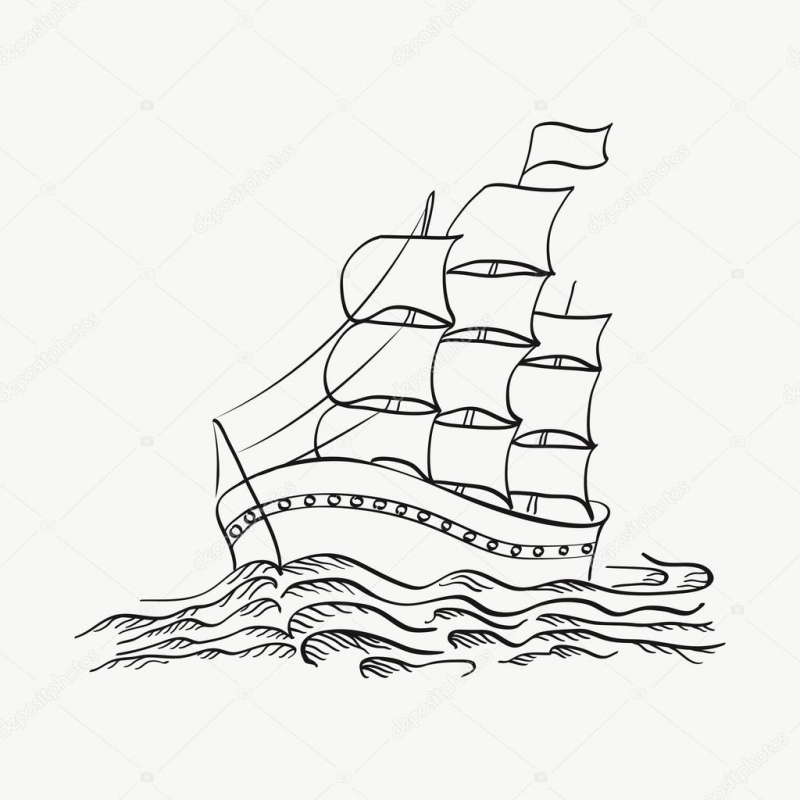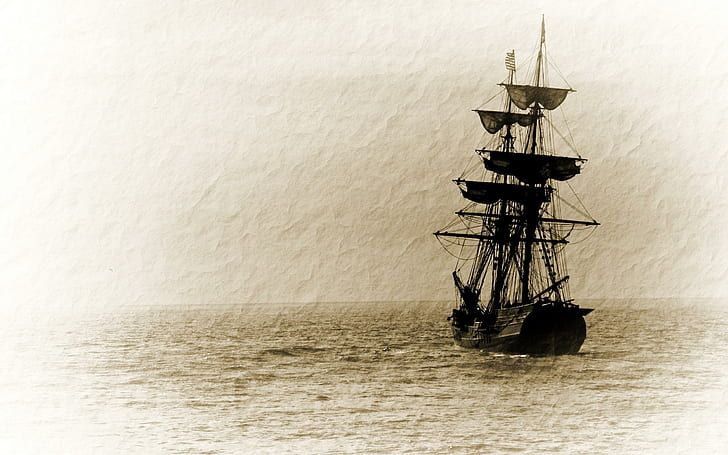Dictator
Southwest Ireland experienced brutal cold and powerful storms at the beginning of 1801, which severely damaged Rossbeigh, a small seashore community. However, its citizens eventually received an unexpected bounty as compensation. Cotton, coffee, sugar, and puncheons of rum were among the cargo from the freshly sunken Dictator that started to wash ashore along the isolated beach.
The Dictator was a fully rigged sail warship when it entered service in 1799. It also participated in a particularly lucrative form of trade at the time, the transatlantic slave trade, like many other ships leaving England's Merseyside docks. Up to 45 million Africans were transported to European colonies in the New World for more than 200 years, including sizable plantations in South America.
The crew of the Dictator left Guyana on its return trip to Liverpool in the late autumn of 1800. The ship was severely blown off course by gale-force winds and eventually ran aground on the rocky Dingle Peninsula. Of the 60 crew members and passengers on board, only three were alive. The victims were probably taken to Inch Graveyard, where the old cemetery still contains a large number of unmarked gravestones.












